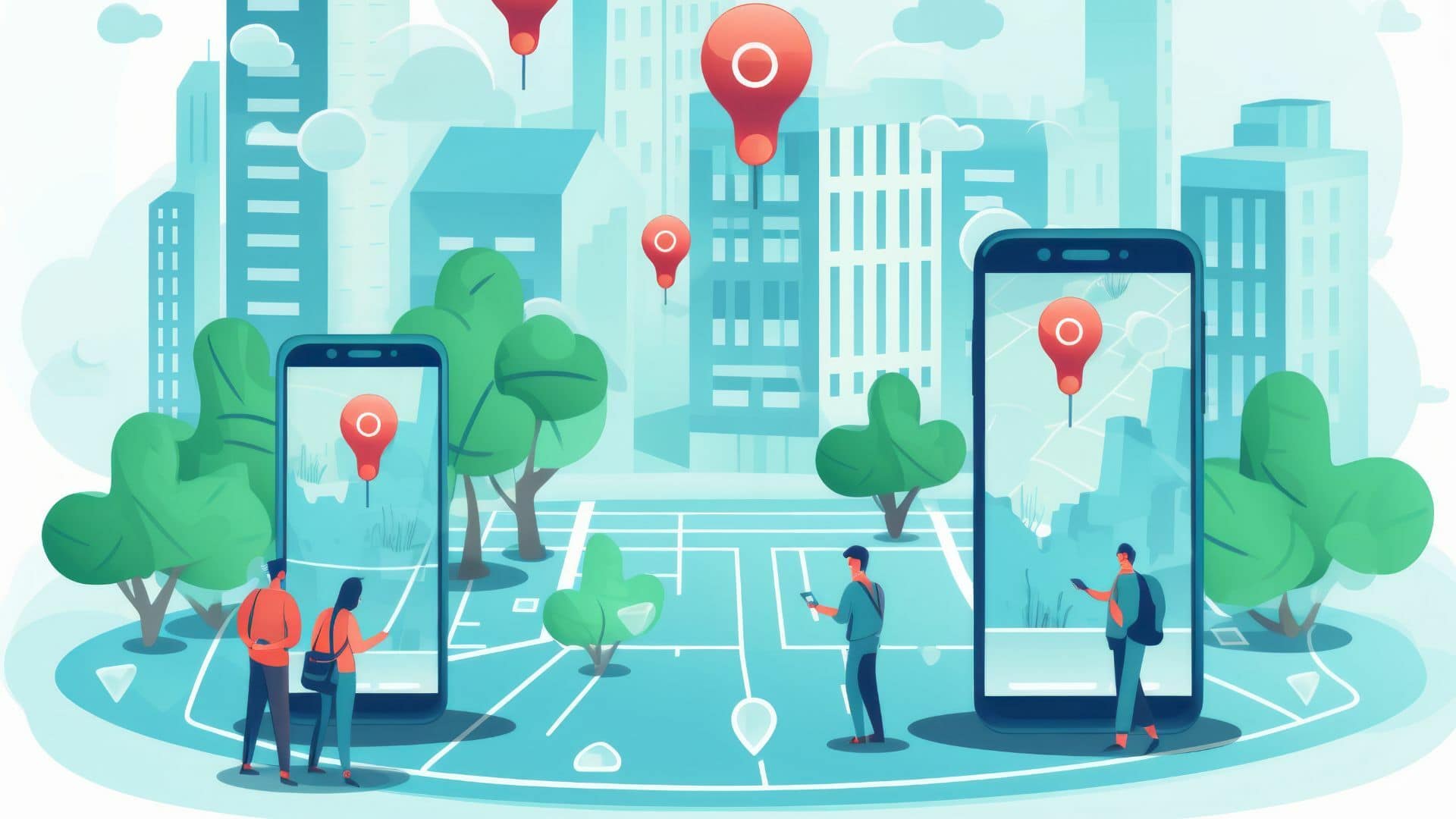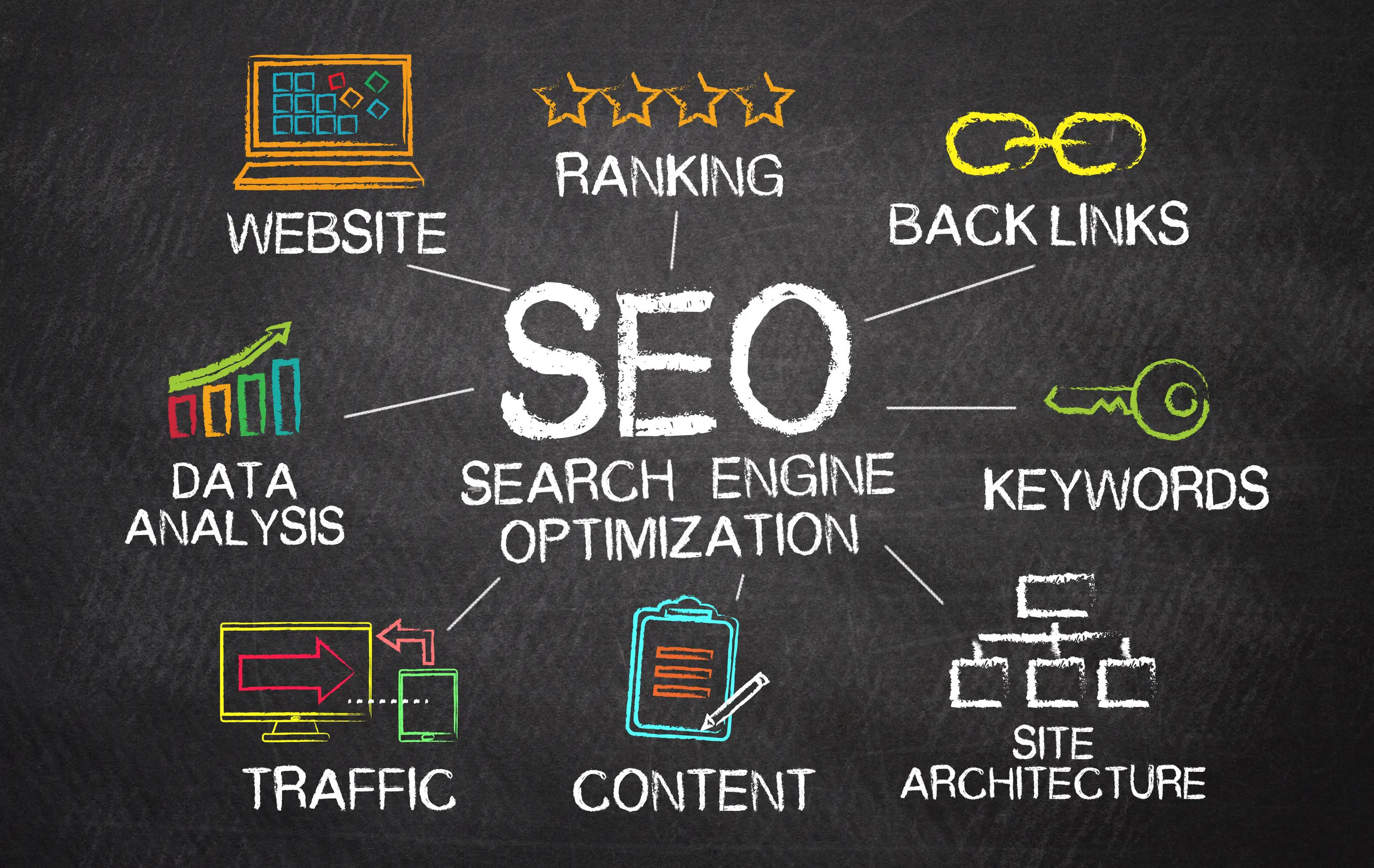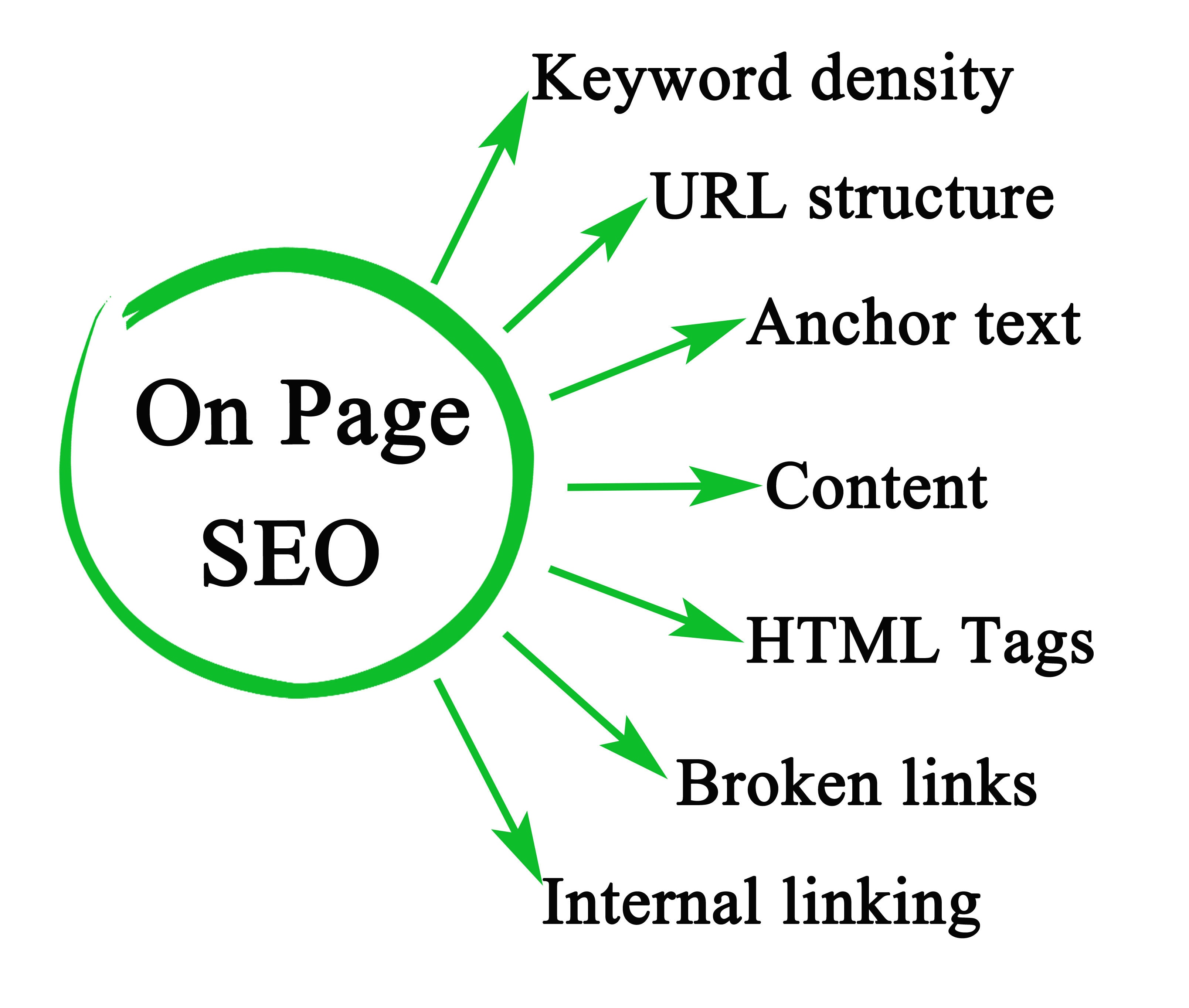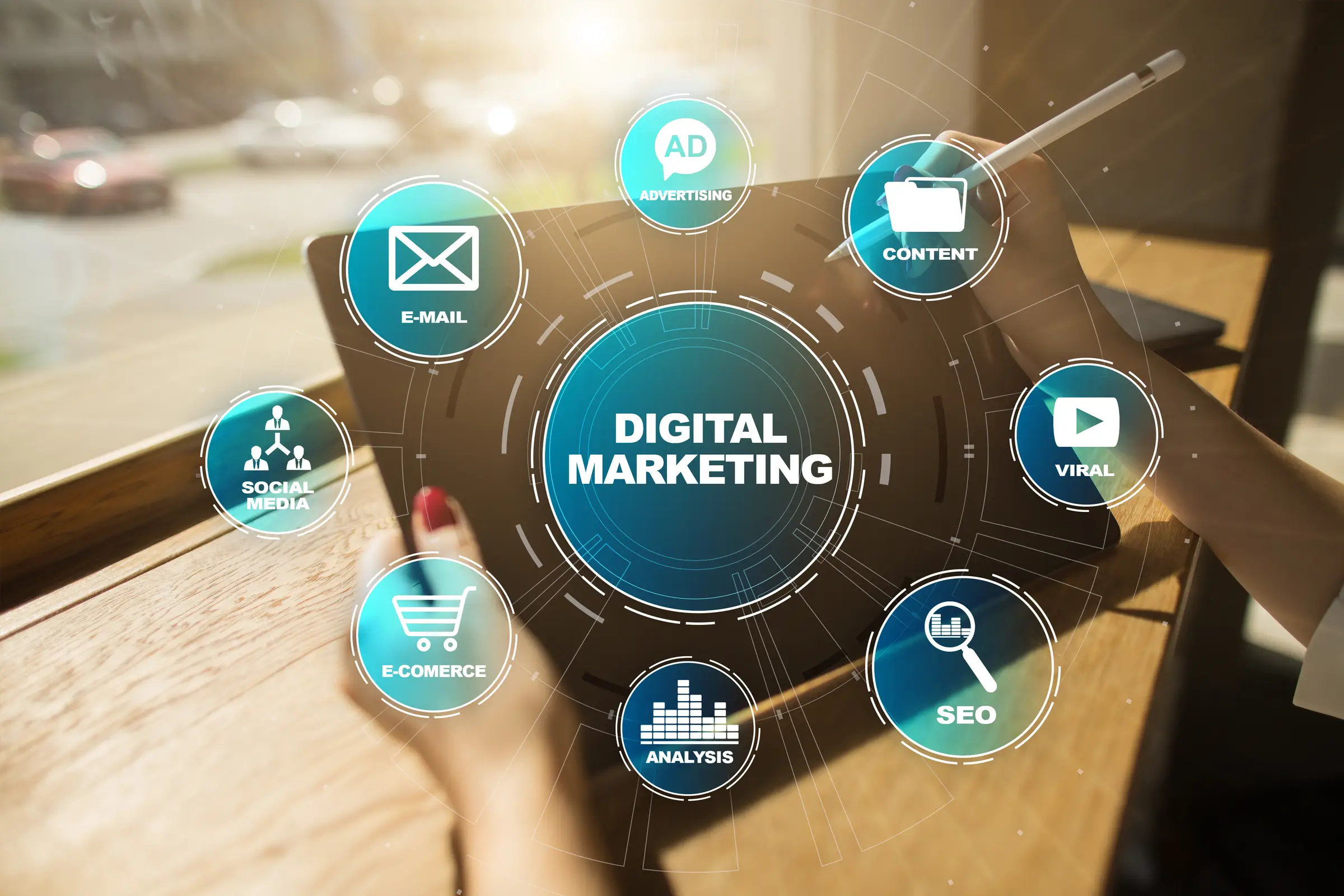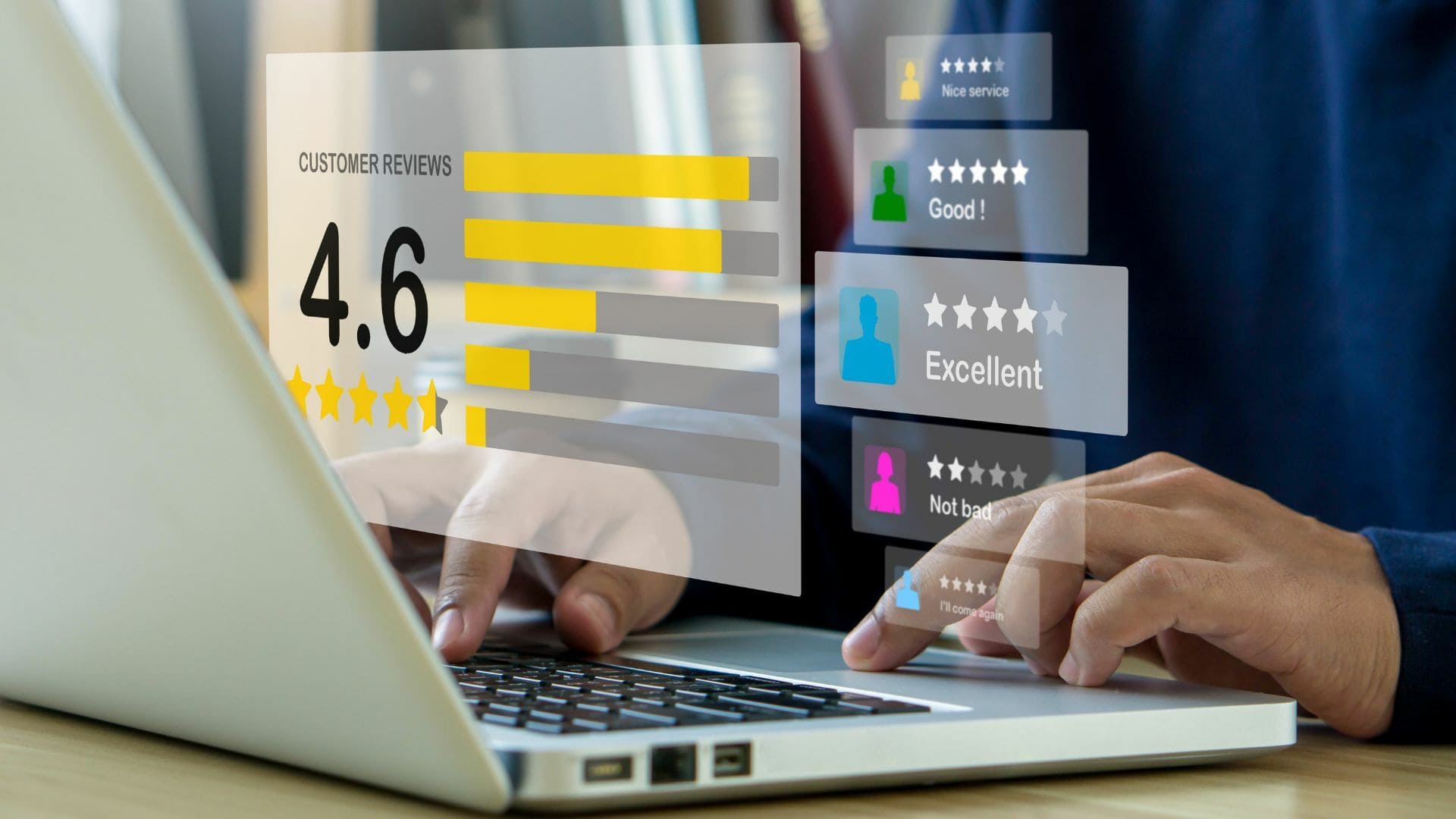In this blog, we’ll explore the differences between geofencing and geotargeting, providing a comprehensive comparison to help businesses make informed choices in their location-based marketing strategies.
What is Geofencing?
This is a location-based service that uses Global Positioning System (GPS), Radio-Frequency Identification (RFID), or Wi-Fi to create a virtual boundary or “fence” around a specific geographic area.
When a mobile device enters or exits this predefined boundary, it triggers certain actions, such as sending notifications or delivering targeted content. Here’s how geofencing works:
- Geofence Creation: Marketers and businesses set up geofences around areas of interest, such as retail stores, event venues, or competitor locations.
- User Tracking: When a user’s mobile device enters or exits the geofenced area, the system detects their location.
- Real-Time Engagement: Based on the user’s location, relevant messages, offers, or notifications are sent to their device.
Benefits of Geofencing
Proximity Marketing
Geofencing allows businesses to send location-specific offers or promotions to potential customers, driving foot traffic to physical stores.
Enhanced Personalization
Messages sent through geofencing can be highly tailored to the user’s current location and context, increasing engagement and conversion rates.
Competitive Insights
Geofencing can provide data on competitor locations and customer movement patterns, helping businesses make informed decisions.
Improved Customer Engagement
Geofencing can be used for event promotion, enhancing the attendee experience through real-time notifications and updates.
Security and Tracking
Geofencing is used for asset tracking and enhancing security by monitoring unauthorized access to restricted areas.
What is Geotargeting?
Also known as geolocation targeting, geotargeting involves delivering content or advertising to users based on their current geographic location. Unlike geofencing, which relies on predefined boundaries, geotargeting focuses on pinpointing users’ exact coordinates using GPS, IP addresses, or Wi-Fi signals. Here’s how geotargeting works:
- Location Detection: Geotargeting systems determine a user’s location with high precision, often down to a specific address or latitude/longitude.
- Contextual Advertising: Advertisers and businesses deliver highly relevant ads or content based on the user’s real-time location.
- Behavior Analysis: Geotargeting systems may consider user behavior and interests alongside their location to provide even more personalized content.
Benefits of Geotargeting
Hyper-Personalization
Geotargeting enables precise targeting, making ads and content highly relevant to users and, consequently, more effective.
Local SEO
For businesses with physical locations, geotargeting is essential for improving local search engine rankings and visibility.
Cost Efficiency
Geotargeting helps optimize ad spend by targeting only the most relevant audience, minimizing waste.
Real-Time Marketing
Businesses can leverage geotargeting for real-time advertising, such as promoting nearby restaurant deals or events.
Market Expansion
Geotargeting can help businesses expand into new markets by delivering content to potential customers in specific locations.
Geofencing vs. Geotargeting: Comparison
As already mentioned above both are location-based marketing strategies, but they differ in their approach and application. Here’s a comparison between the two:
- Precision vs. Flexibility: Geofencing offers precise, real-time engagement within specific boundaries, while geotargeting provides flexibility in targeting larger or multiple specific geographic areas.
- Use Cases: Geofencing is commonly used for localized businesses, events, or promotions. It’s effective for driving foot traffic, sending in-store offers, and enhancing customer engagement within a specific area. Geotargeting is versatile and suitable for various businesses. It’s often used in online advertising to deliver relevant ads to users based on their location, improving ad effectiveness and relevance.
- Technology: Both strategies rely on advanced technologies to determine user locations, with geofencing focusing on establishing virtual boundaries and geotargeting emphasizing broader geographical targeting.
- Advertising Medium: Geofencing works well for physical business interaction, event marketing, and in-store incentives. The main application of geotargeting is in online advertising campaigns, particularly for e-commerce companies.
- Audience Reach: Geofencing targets users inside virtual perimeters and is targeted and location-specific. While geotargeting is more flexible, companies can target wider and more precise geographic areas.
- Cost-Effectiveness: Geofencing may necessitate more resources for installation and management, particularly in the case of physical enterprises. Whereas, depending on the platform and campaign volume, geotargeting can be more cost-effective for online advertising.
- Timing: Geofencing provides instant responses, making it suitable for time-sensitive promotions and events. Whereas, geofencing provides instant responses, making it suitable for time-sensitive promotions and events.
Choosing the Right Strategy: Geofencing vs. Geotargeting
When it comes to location-based marketing, the choice between geofencing and geotargeting hinges on your unique goals and the nature of your business. Geofencing is a powerful tool for engaging customers in real time when they are in close proximity to a specific physical location.
It excels in delivering tailored messages and offers to potential customers, enhancing foot traffic and conversions. On the other hand, geotargeting is a versatile strategy that allows you to reach a broader or more specific audience by tailoring content or ads based on user locations.
It’s a smart choice for businesses seeking a wider reach or targeting specific regions, making it ideal for online advertising campaigns. Your decision should align with your marketing objectives, audience targeting, advertising medium, budget, and testing capabilities.
By choosing the right strategy, you can maximize the impact of your location-based marketing efforts and connect with your audience effectively.
Conclusion
Geofencing and Geotargeting are both valuable tools in a marketer’s arsenal, each offering distinct benefits and use cases. While geofencing excels in engaging customers when they are physically near a location, geotargeting is more versatile and allows businesses to target specific regions or larger areas.
Depending on your business goals and strategies, you can choose one or both of these location-based marketing methods to create highly effective and targeted campaigns that resonate with your audience.
In summary, geofencing is the go-to choice for localized, real-time interactions, while geotargeting offers broader flexibility for reaching specific audiences within larger regions.
Businesses often employ a combination of these strategies based on their marketing objectives to achieve optimal results.
Blog Last Updated on 2 months by New Path Digital

